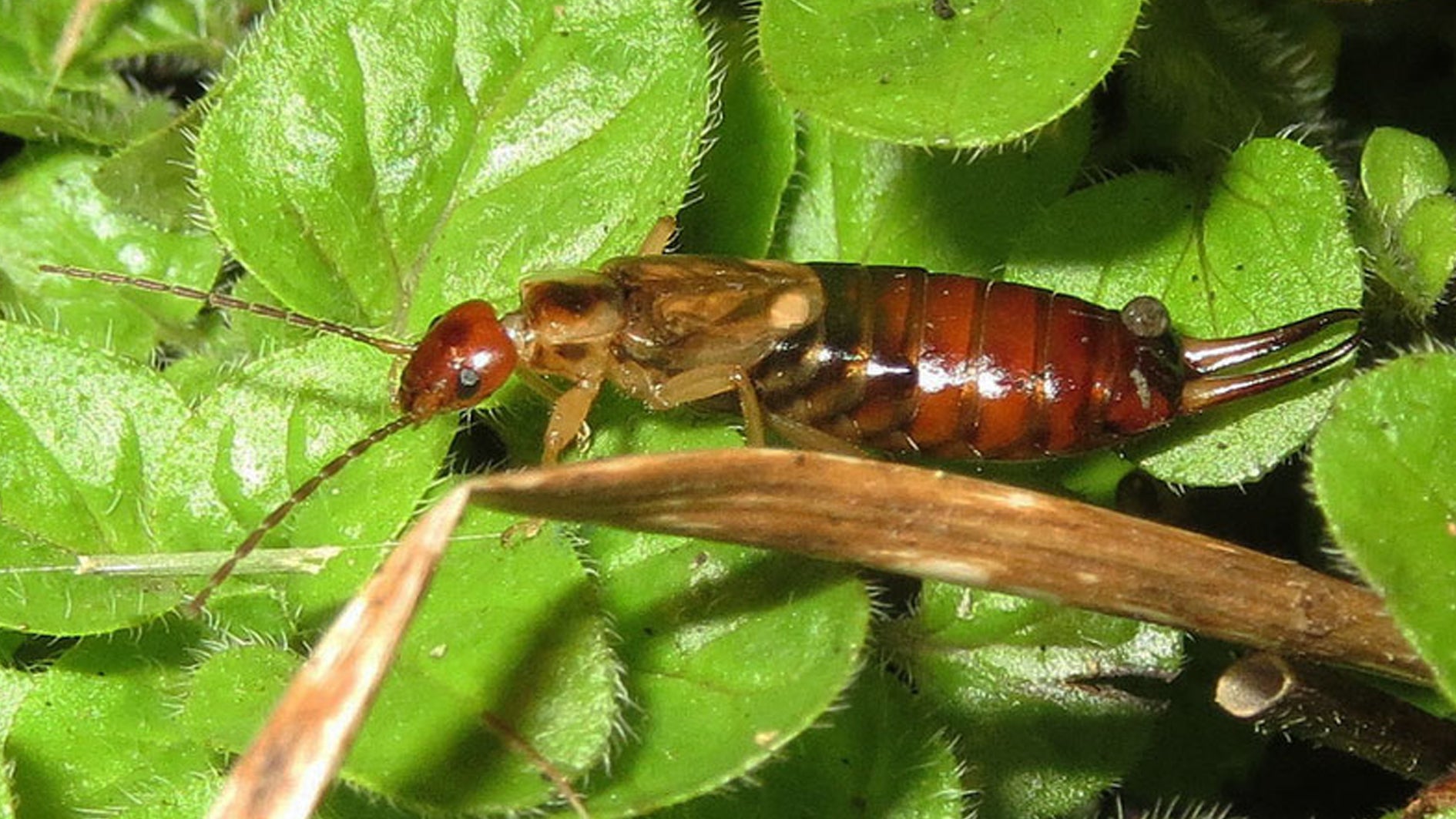
Earwigs
02 Jun, 2021
Known for their distinctive forceps-like pincers. Earwigs are nocturnal, often hiding in small crevices during the day, amongst leaf litter or under pots, only coming out at night to feed on a variety of insects, plants and fruit.
It’s debatable whether or not they are harmful or beneficial to crops or plants as they feed on both insect pests (such as aphids) and the plants themselves. Small amounts can be considered beneficial, but large infestations can become a problem. While they do cause damage, generally leaving cup shaped marks between 3-11mm long, they are also commonly blamed incorrectly for the damage of other insects.
Prevention
Maintaining a clean and tidy garden is key, remove leaf litter, piles of rocks, rubbish and any other places that Earwigs may like to hide, will help to keep numbers down to a minimum.
Natural Treatment
An alternative measure to spraying would be to make your own Earwig traps. Roll up some moistened newspaper and tie it with pieces of string to hold it together. Place trap among plants to provide a place for the Earwigs to hide. Check daily and remove any captured earwigs.
Another option is to make a oil pit trap. Get a small plastic container with a lid, (empty margarine tub) cut a entry hole in the lid, then put some canola oil in the bottom to a depth of 2cm, a little bacon fat or soy sauce sprinkled into the oil. Place in the ground so that the lid and entry hole are flush with the ground, empty and refill weekly.
Sprinkle Neem granules around the base of the plants, the smell of the neem acts as a deterrent.
To trap Earwigs up in trees, tie some moistened cardboard to the trunk and branches of the trees. Remove and replace weekly.
If infestations are bad, spray with Aquaticus Bugtrol.
When using sprays and chemicals always read the label and follow instructions carefully. Spray in the evening to avoid harming beneficial insects.